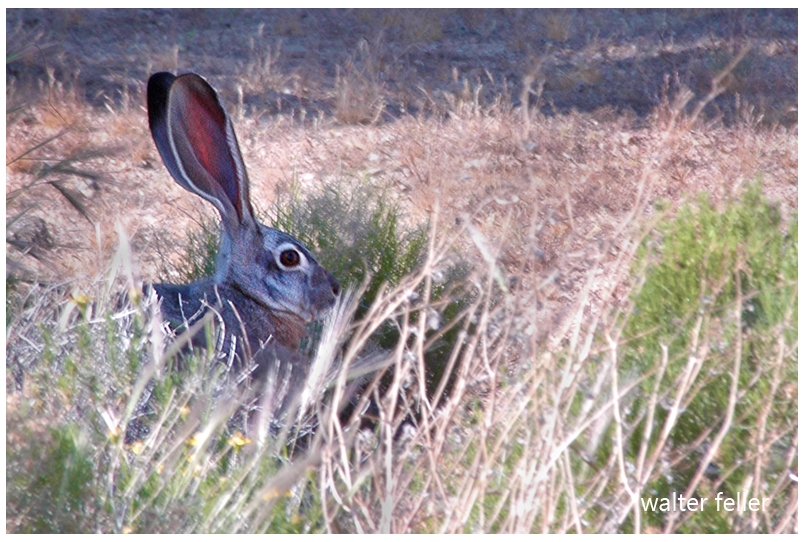/wildlife/

The Mojave Desert, located in the southwestern United States, is home to diverse wildlife adapted to the harsh desert conditions. Here’s a breakdown of Mojave Desert wildlife based on their diets:
- Herbivores:
- Desert Bighorn Sheep: Grazes on various desert plants, including grasses, shrubs, and forbs.
- Antelope Ground Squirrel: Feeds on seeds, fruits, and vegetation.
- Desert Tortoise: Primarily herbivorous, consuming various plants such as cacti, grasses, and herbs.
- Carnivores:
- Kit Fox: Hunts small mammals, birds, and insects.
- Coyotes: Opportunistic omnivores, consuming small mammals, birds, and plants.
- Bobcat: Preys on rabbits, rodents, birds, and occasionally larger mammals.
- Sidewinder Snake: Feeds on small rodents and lizards.
- Omnivores:
- Black-tailed Jackrabbit: Primarily herbivorous but may consume insects and other small animals.
- Gila Monster: Feeds on small mammals, birds, eggs, and occasionally plant material.
- Roadrunner: Eats insects, small reptiles, and even snakes.
- Insectivores:
- Desert Iguana: Consumes a mix of insects, flowers, and leaves.
- Horned Lizard: Feeds primarily on ants and other small insects.
- Solifuge (Sun Spider): Carnivorous, preying on insects and other small arthropods.
- Scavengers:
- Turkey Vulture: Feeds on carrion, crucial in cleaning up the desert ecosystem.
- Common Raven: Opportunistic scavenger, feeding on carrion and various food sources.
- Specialized Feeders:
- Joshua Tree Yucca Moth: Larvae feed on Joshua tree seeds, and adult moths pollinate the Joshua tree flowers.
- Harvester Ants: Collect and store seeds as a primary food source.
- Nectar Feeders:
- White-winged Dove: Consumes seeds and fruits but also feeds on nectar from desert flowers.
- Anna’s Hummingbird: Feeds on nectar from desert flowers, contributing to pollination.
These are just a few examples, and the Mojave Desert supports a wide range of other species with diverse dietary preferences. The ability of these animals to find food and water in an environment with limited resources is a testament to their remarkable adaptations to desert life.